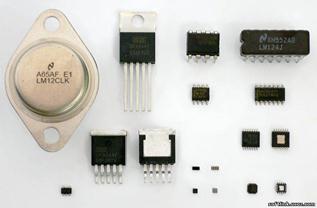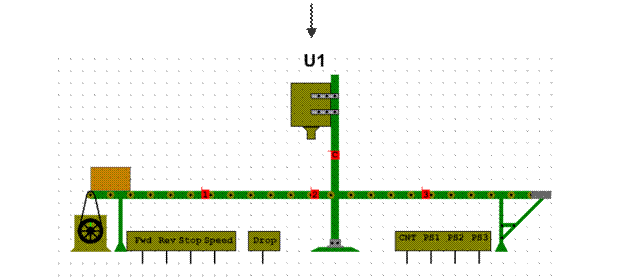APPOSITIONAL CLAUSES
Speaking of the simple sentence and its parts, we recognised the apposition as a special part of the sentence, not as a variety of an attribute (see p. 231). In a similar way, we will treat appositional clauses as a special type of subordinate clauses, not as a variety of attributive clauses, though they have some features in common with these. Appositional clauses always modify a noun, usually an abstract noun, such as fact, thought, idea, question, suggestion, and the like. An appositional clause is introduced by the conjunction that (never by the pronoun that), by the conjunction whether, and its meaning is to show what idea, thought, or question, etc., is spoken of. Here is a typical example: "One suffers so much," Denis went on, "from the fact that beautiful words don't always mean what they ought to mean." (HUXLEY) In this sentence it is the grammatical context that shows that the word that introducing the subordinate clause is a conjunction, not a relative pronoun. It cannot be a relative pronoun, because it cannot be the subject of the clause since there is a subject (the beautiful words), and it cannot be the object either, since there is an object clause to the predicate don't mean. So it cannot be a part of the clause and it can only be a conjunction introducing the clause. Compare also this sentence: I had little hope that my reproof would get through so easily; and it did not. (A. WILSON) An appositional clause may be separated from its head word, as in the following example: But he did announce his opinion to his daughter-in-law that the ends of justice would so be best promoted, and that if the matter were driven to a trial it would not be for the honour of the court that a false verdict should be given. (TROLLOPE) The two appositional clauses, that the ends of justice would so be best promoted, and that... it would not be for the honour of the court, with the two subordinate clauses of the second degree of subordination attached to it, obviously have the noun opinion as their head word. However, the first of the appositional clauses is separated from its head word by the phrase to his daughter-in-law. No ambiguity can arise here, as the lexical meanings of the words contained in the appositional clauses show that the clauses cannot possibly have daughter-in-law as their head word: that combination would make no sense. So here again, as in the other examples we have considered, separation of the subordinate clause from its head word is permissible where the lexical meanings of the words prevent any ambiguity or misunderstanding. 304 Appositional Clauses and Parenthetical Clauses
The same is found in the following sentence, where the appositional clause introduced by the conjunction whether is separated from the noun word, to which it belongs, by the adverbial modifier now. They're waiting for Sir Robert's word now whether old Smokey's got to go. (A. WILSON)
|

 In the following example the appositional clause is separated from its head word by a verb: But before Scarlett could start the two on their homeward journey, news came that the Yankees had swung to the south and were skirmishing along the railroad between Atlanta and Jonesboro. (M. MITCHELL) The subordinate clause, that the Yankees... Jonesboro, of course has the noun news as its head word, and the predicate verb came cannot obscure the relation.
In the following example the appositional clause is separated from its head word by a verb: But before Scarlett could start the two on their homeward journey, news came that the Yankees had swung to the south and were skirmishing along the railroad between Atlanta and Jonesboro. (M. MITCHELL) The subordinate clause, that the Yankees... Jonesboro, of course has the noun news as its head word, and the predicate verb came cannot obscure the relation.


